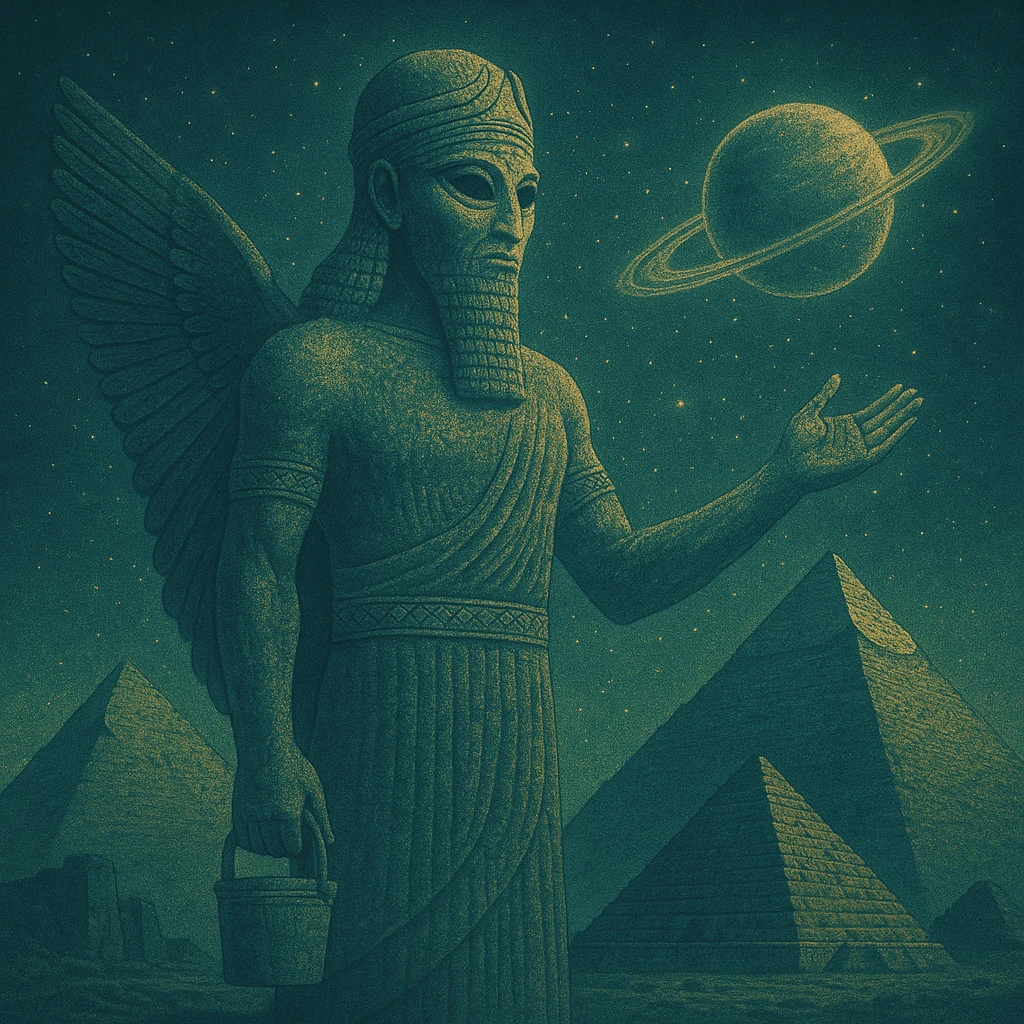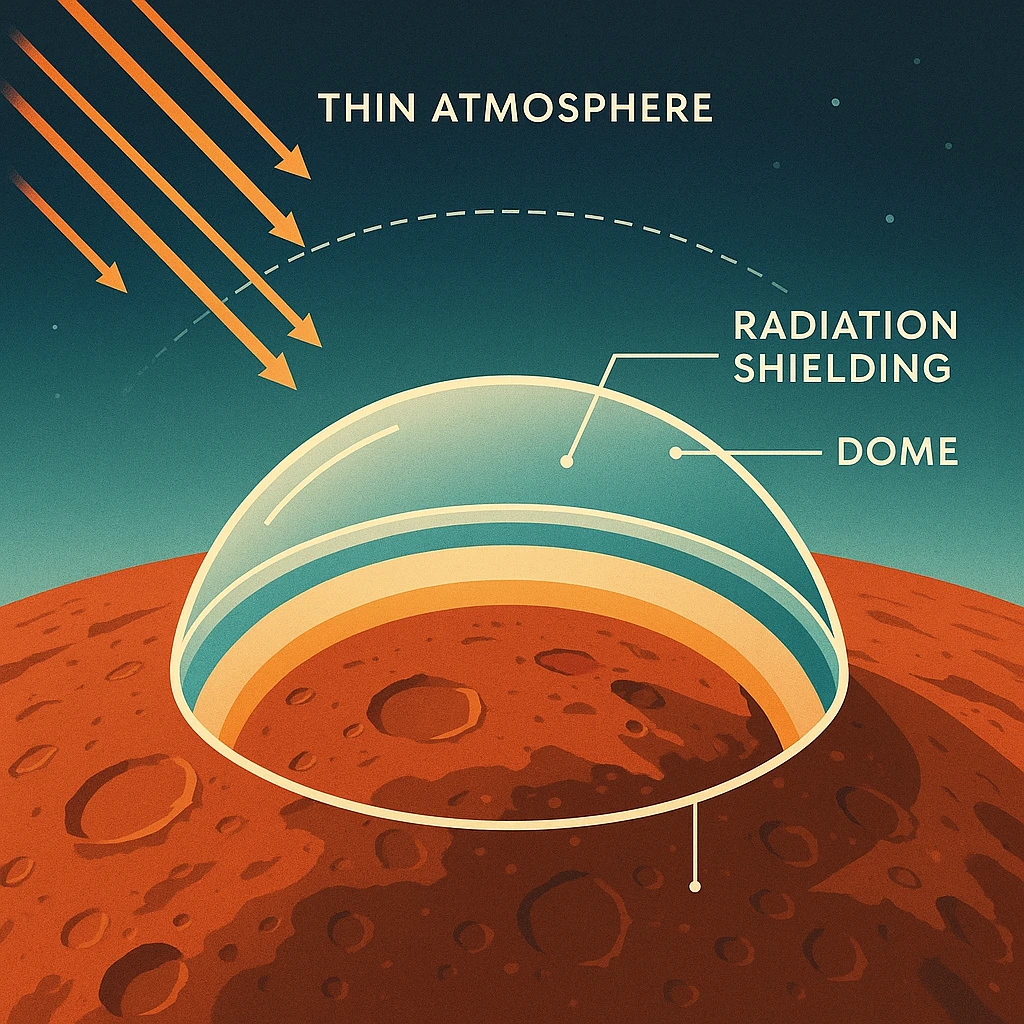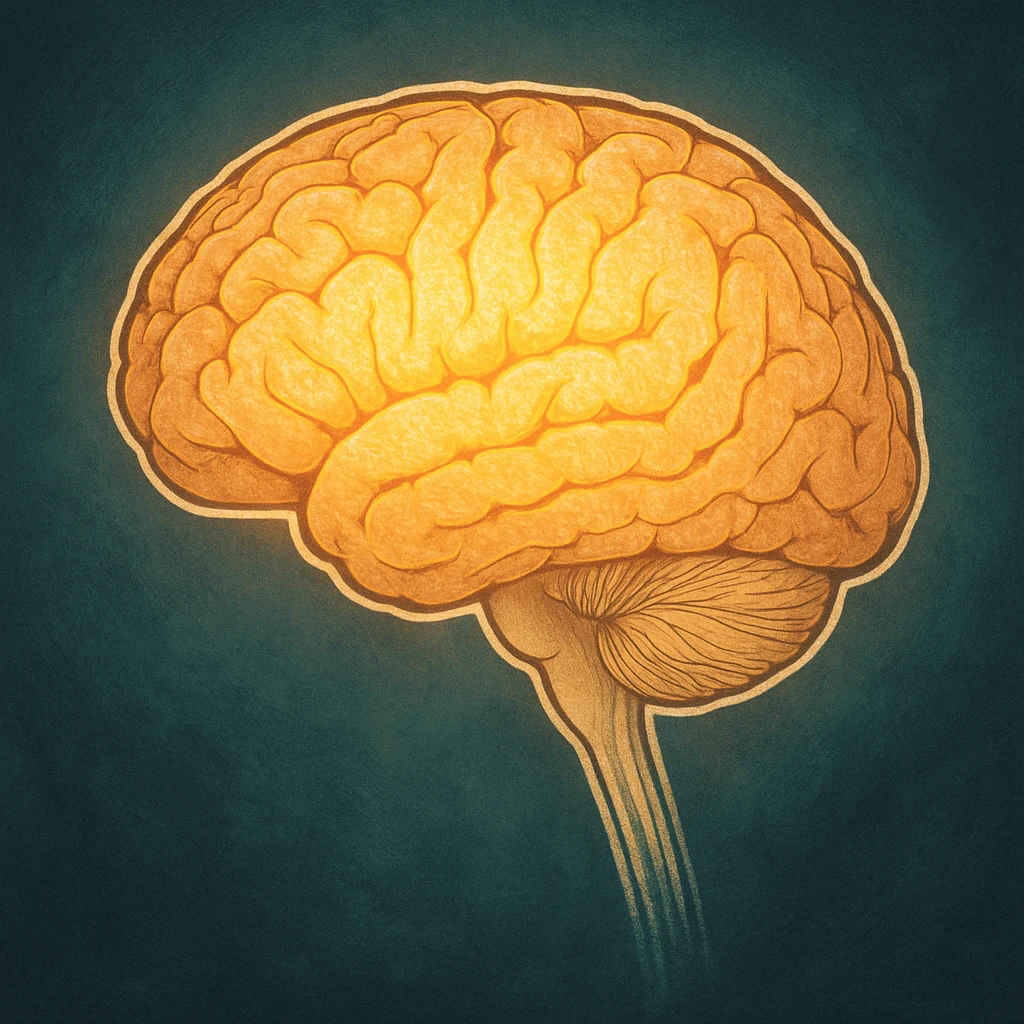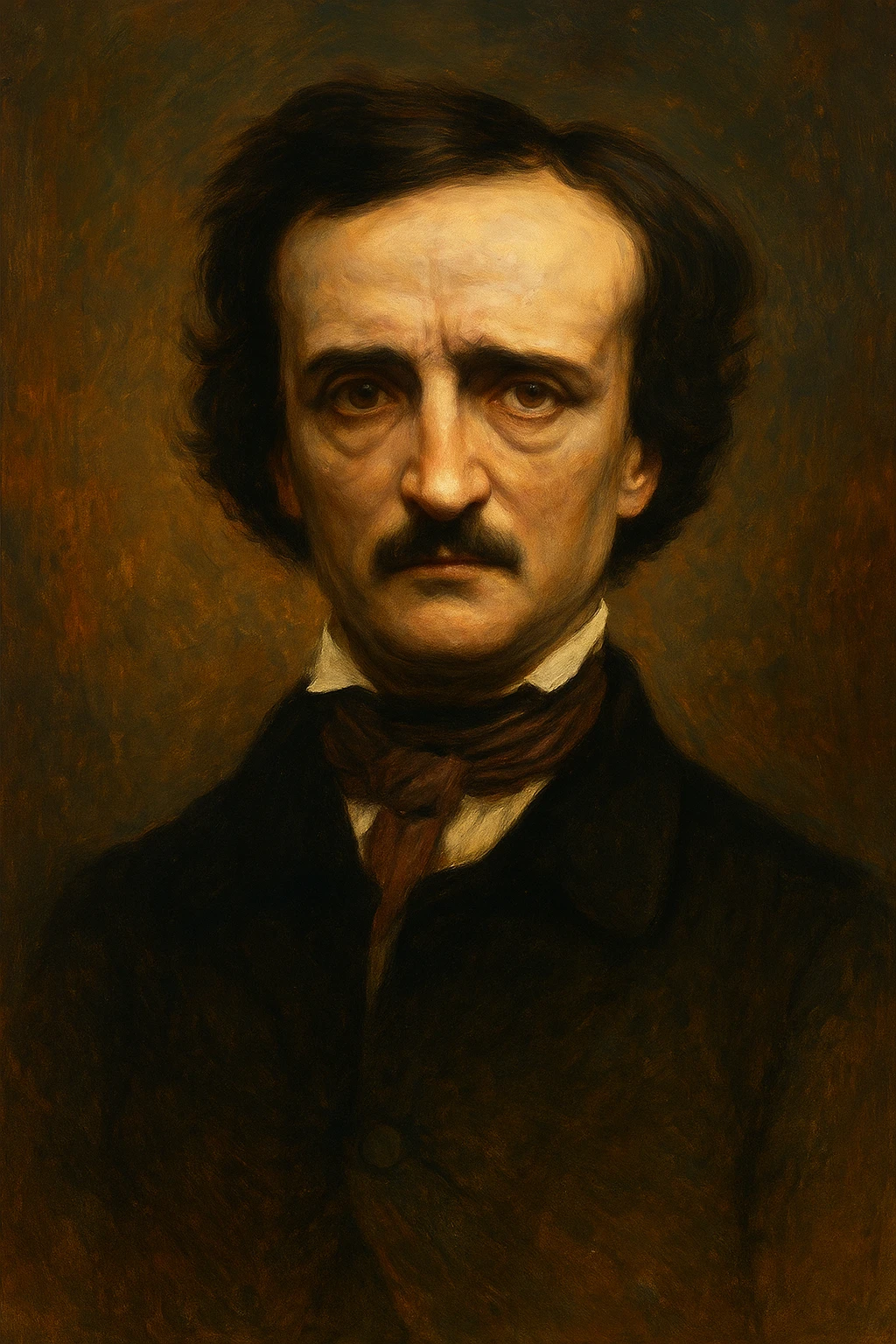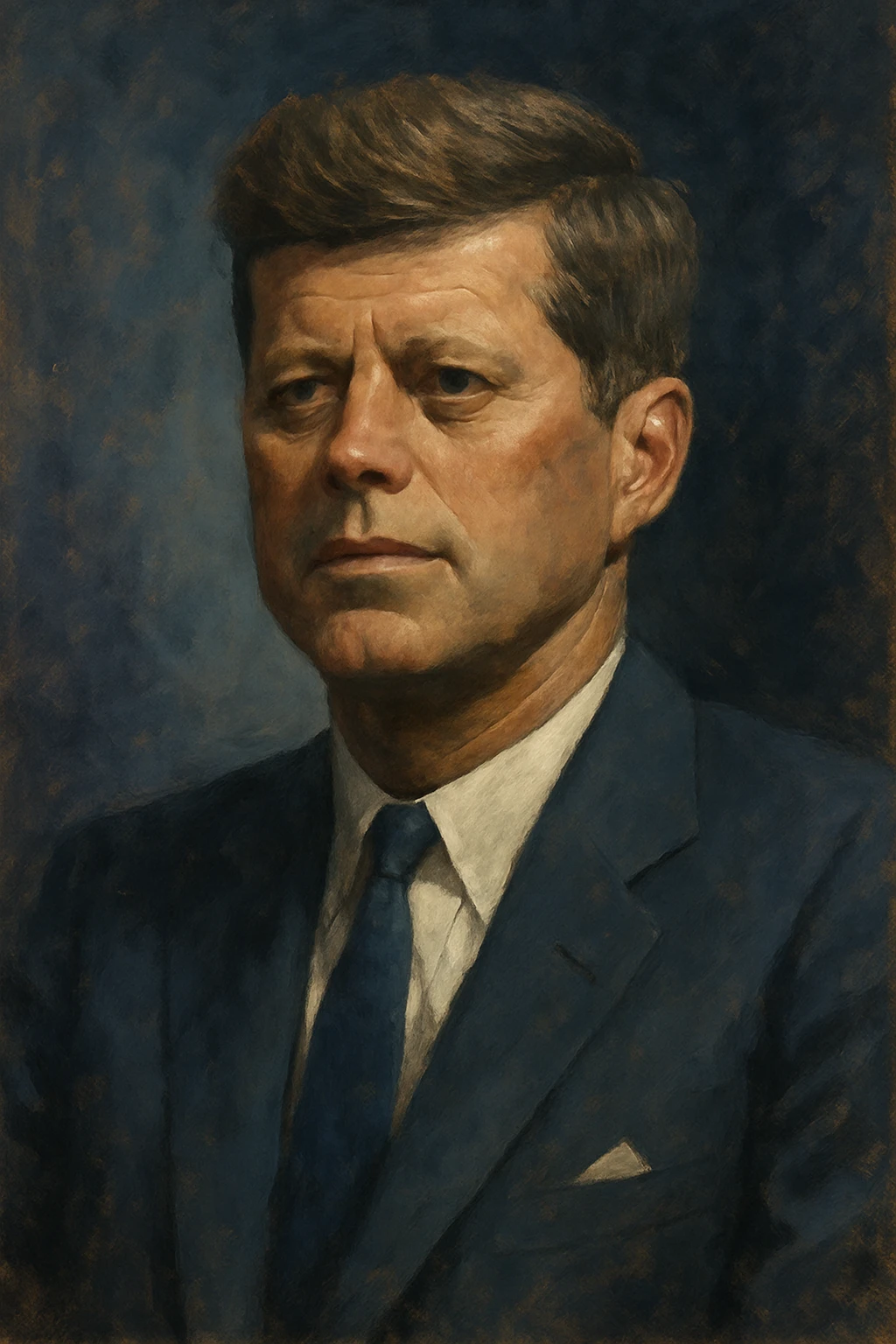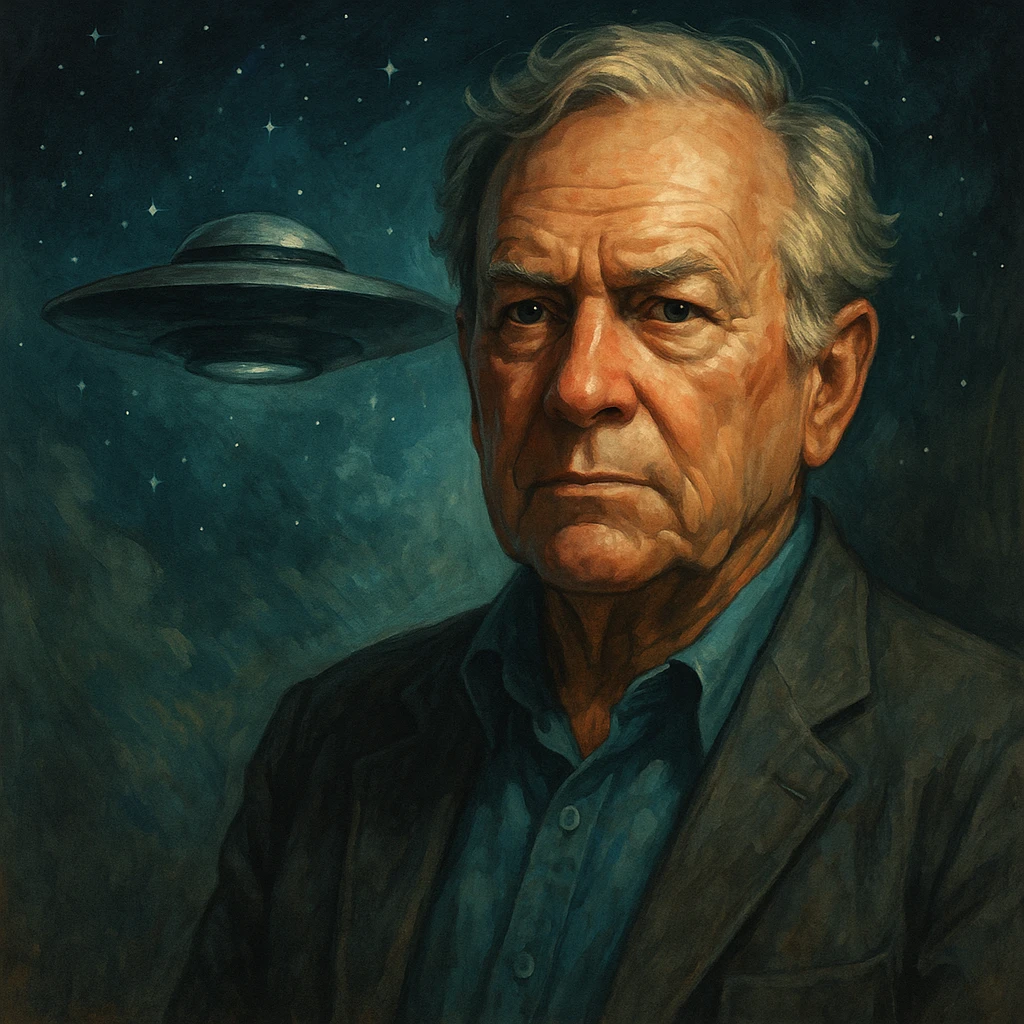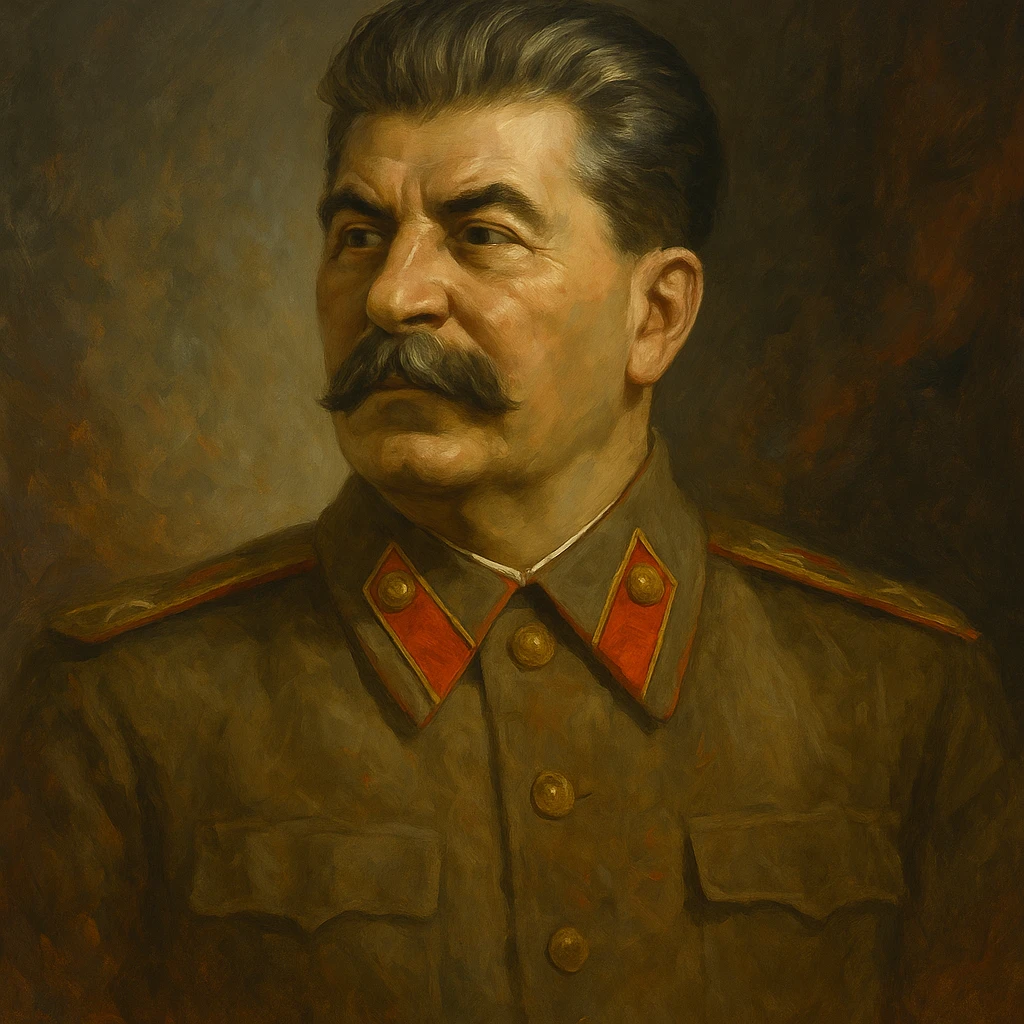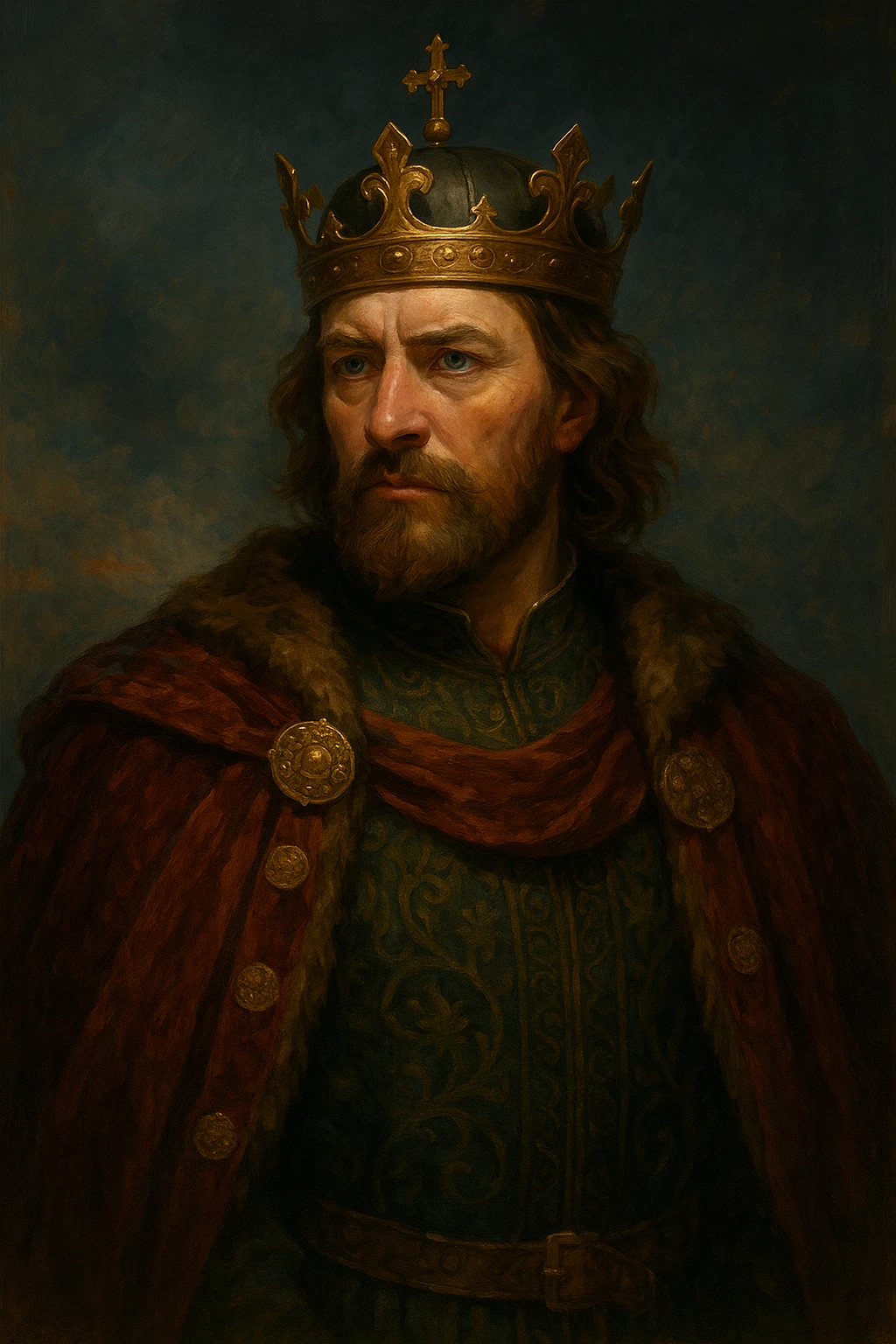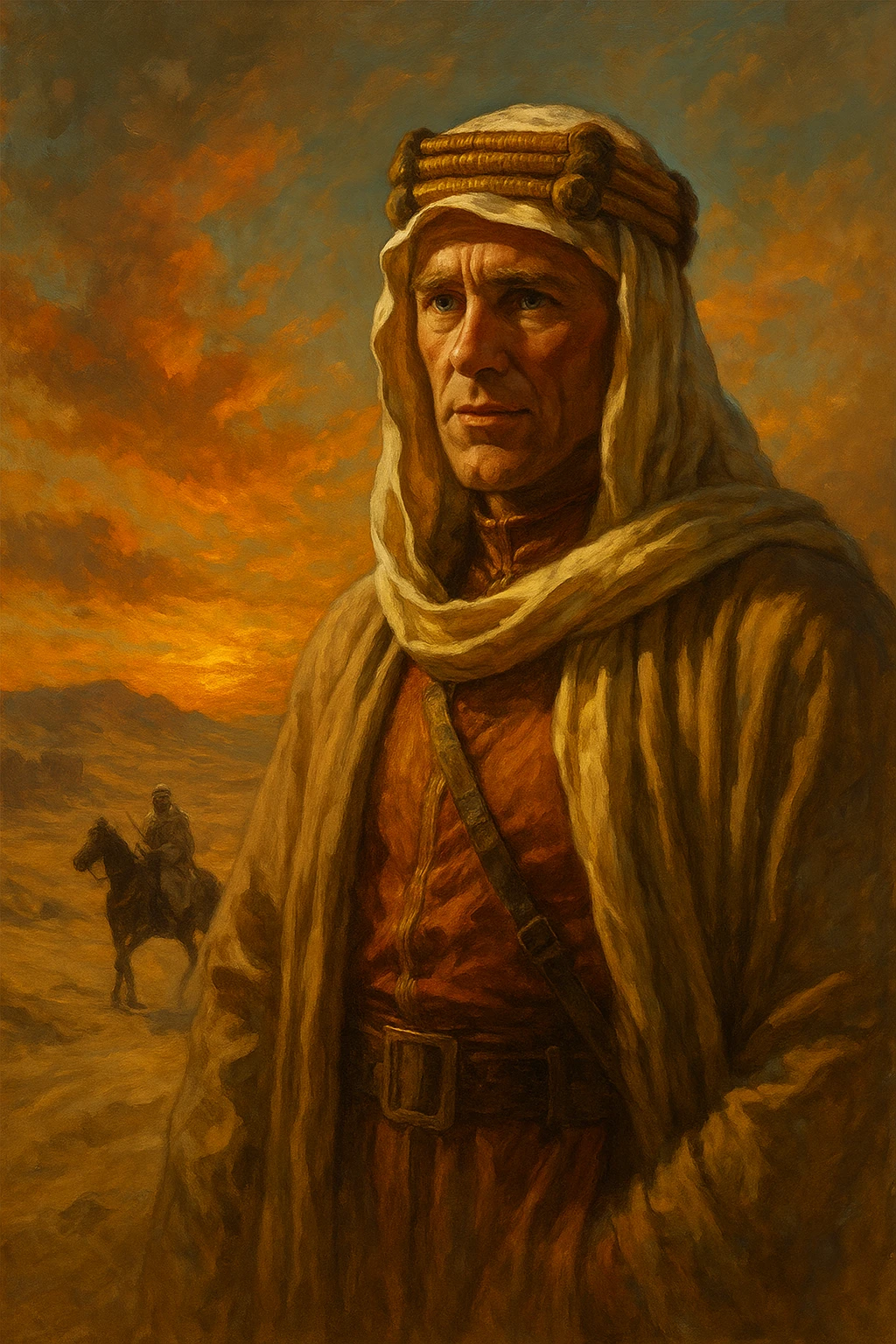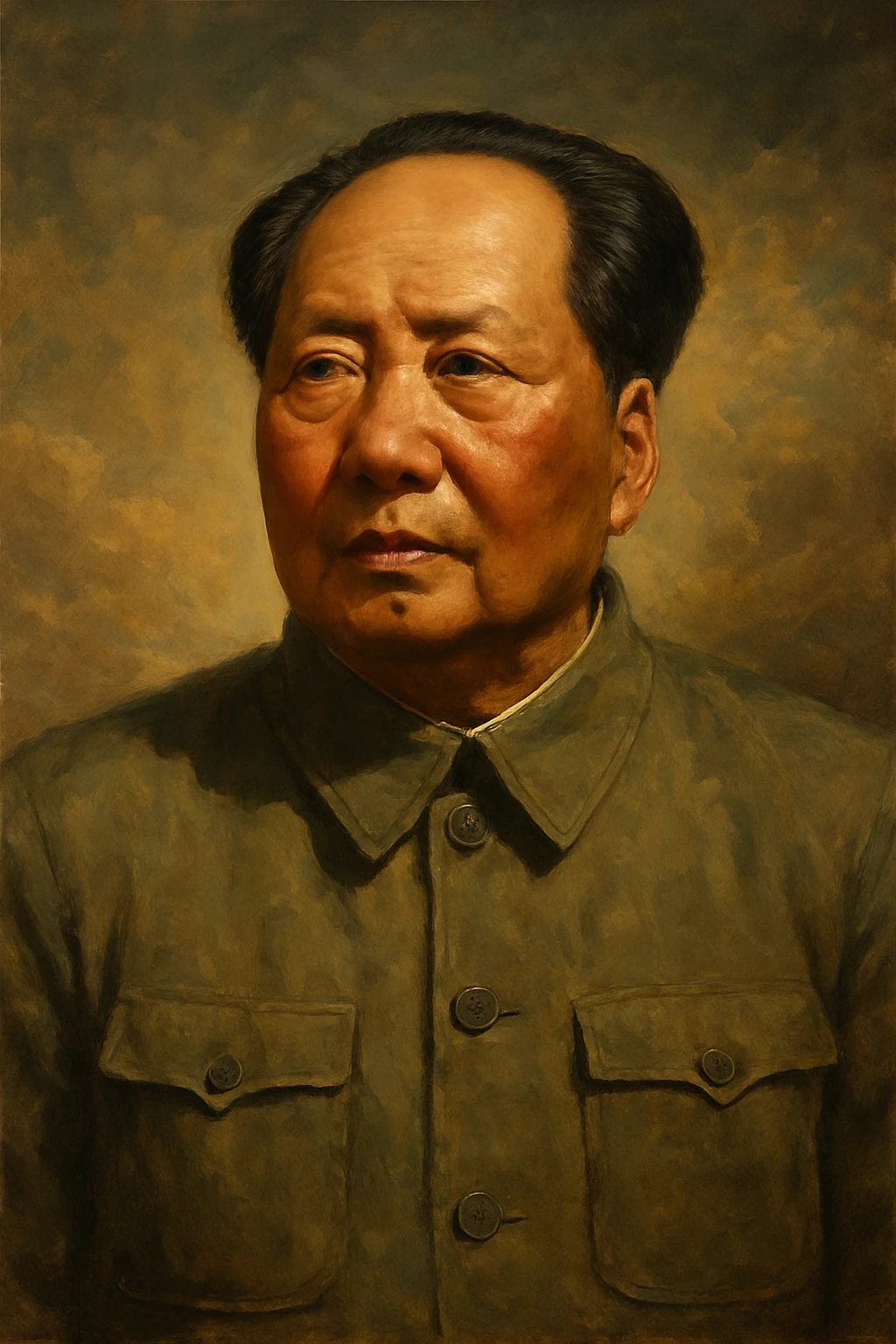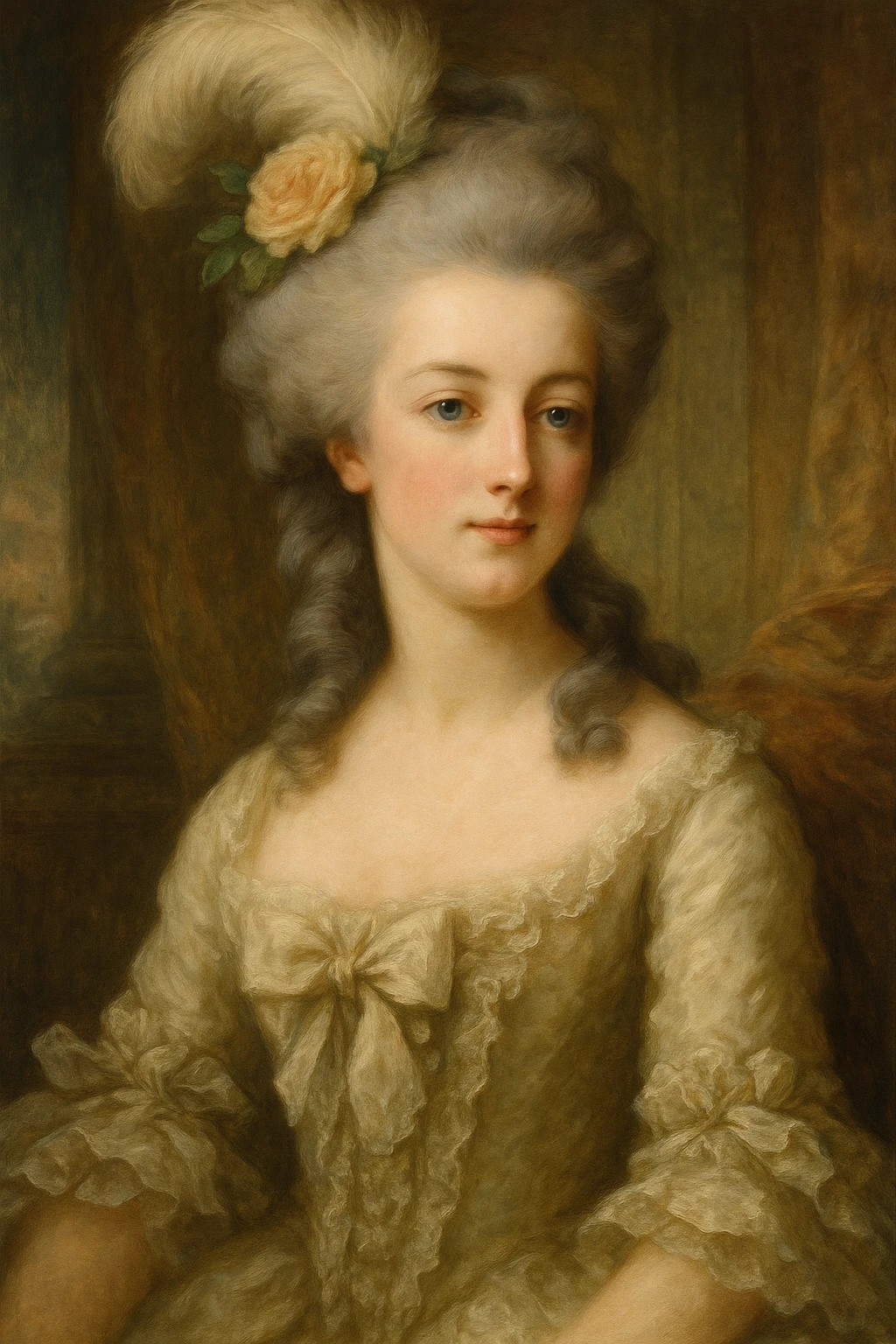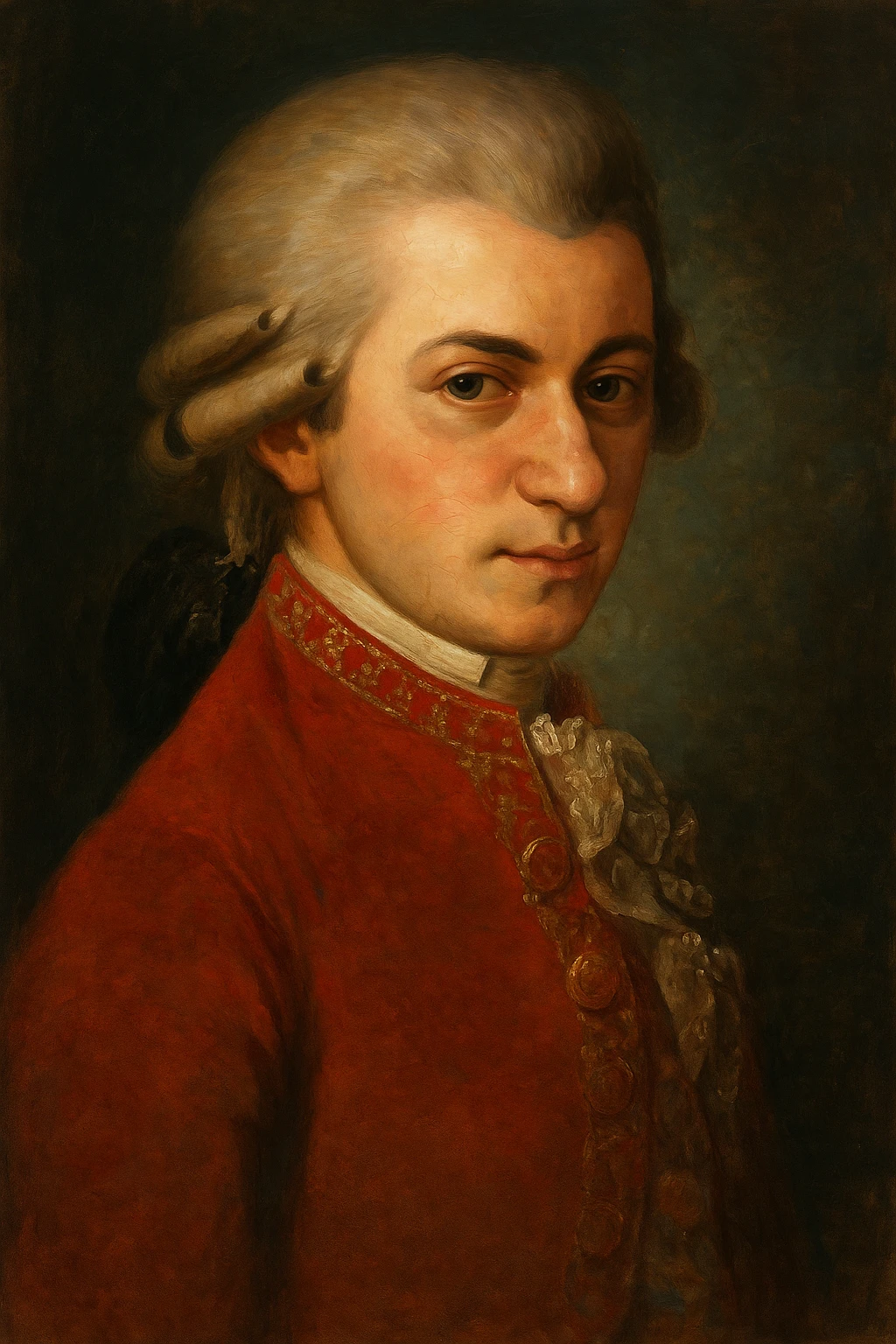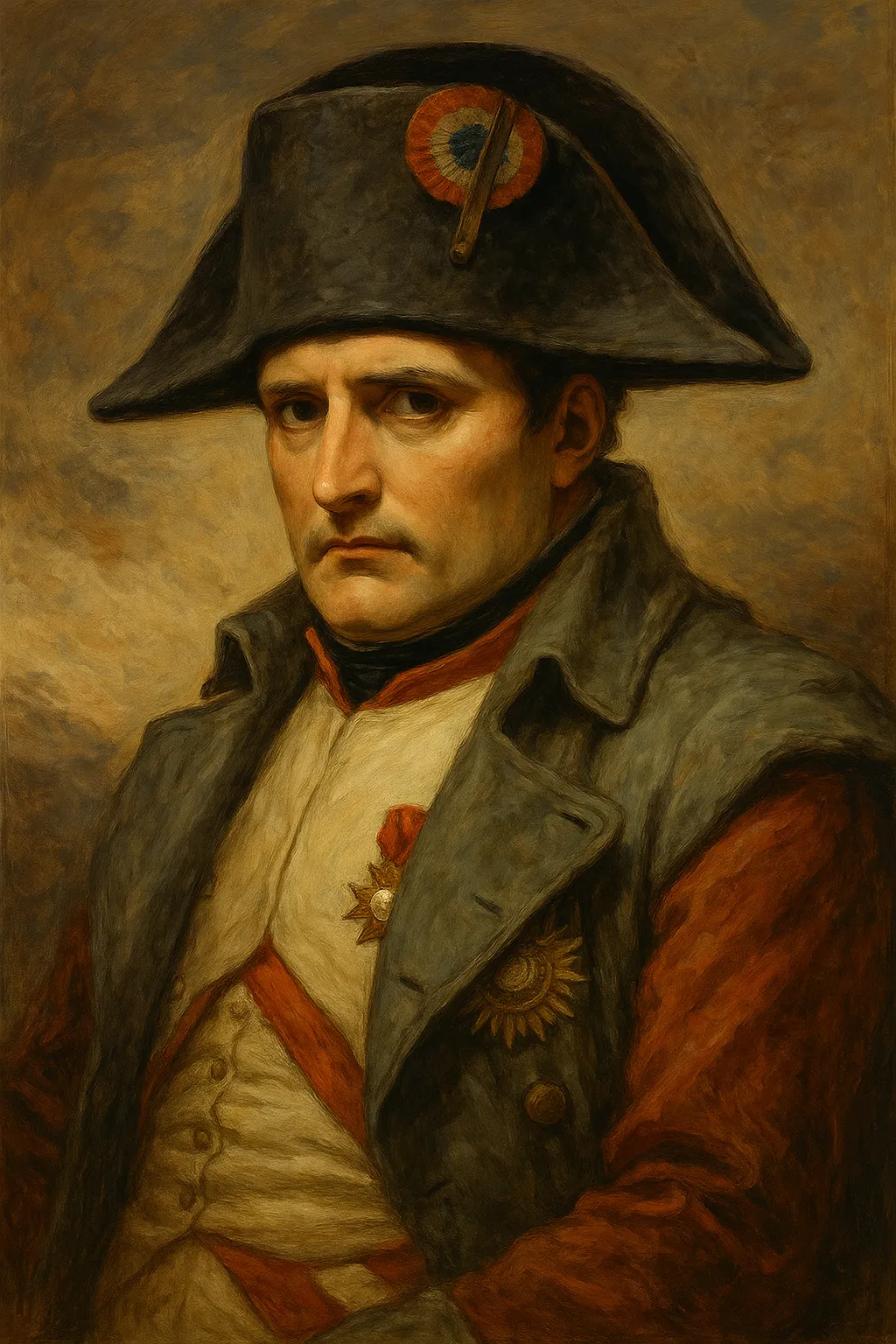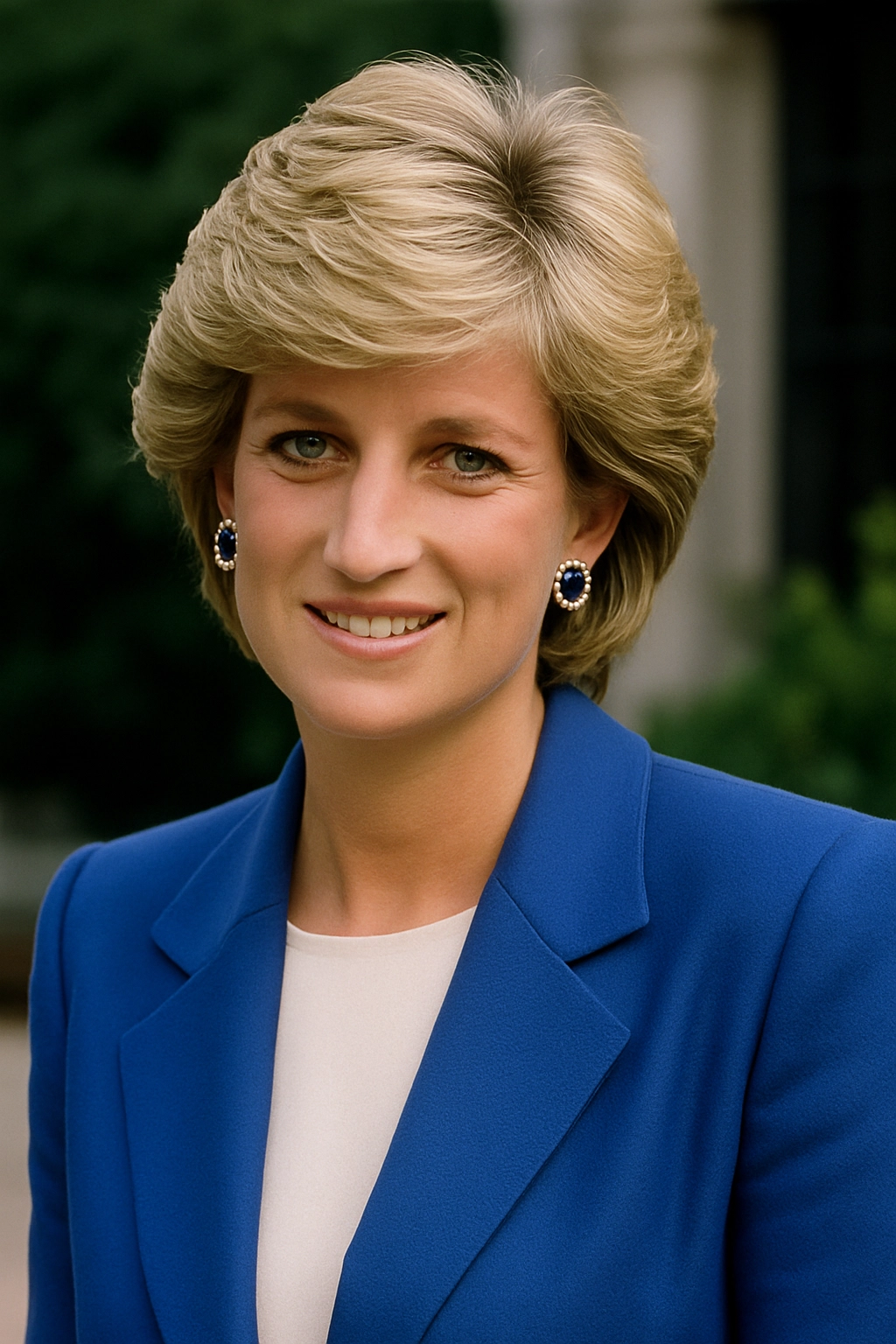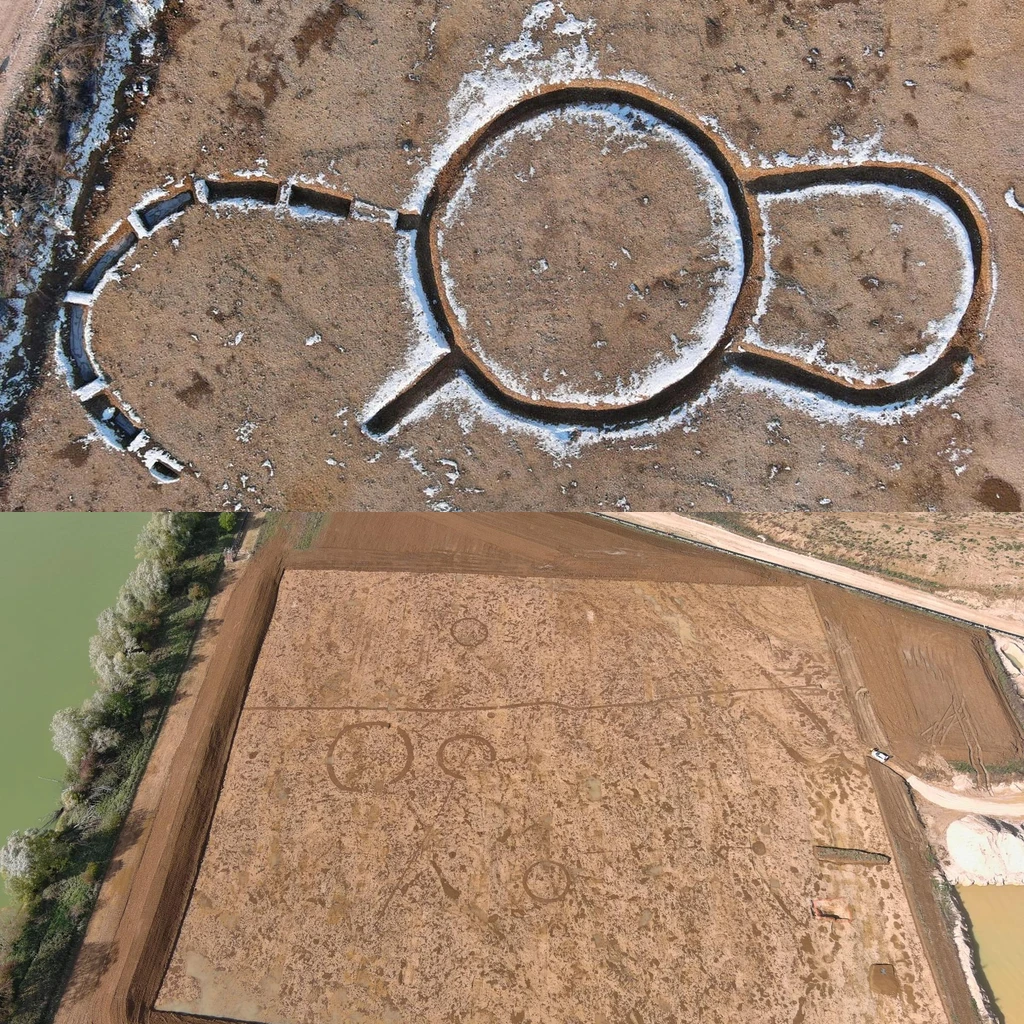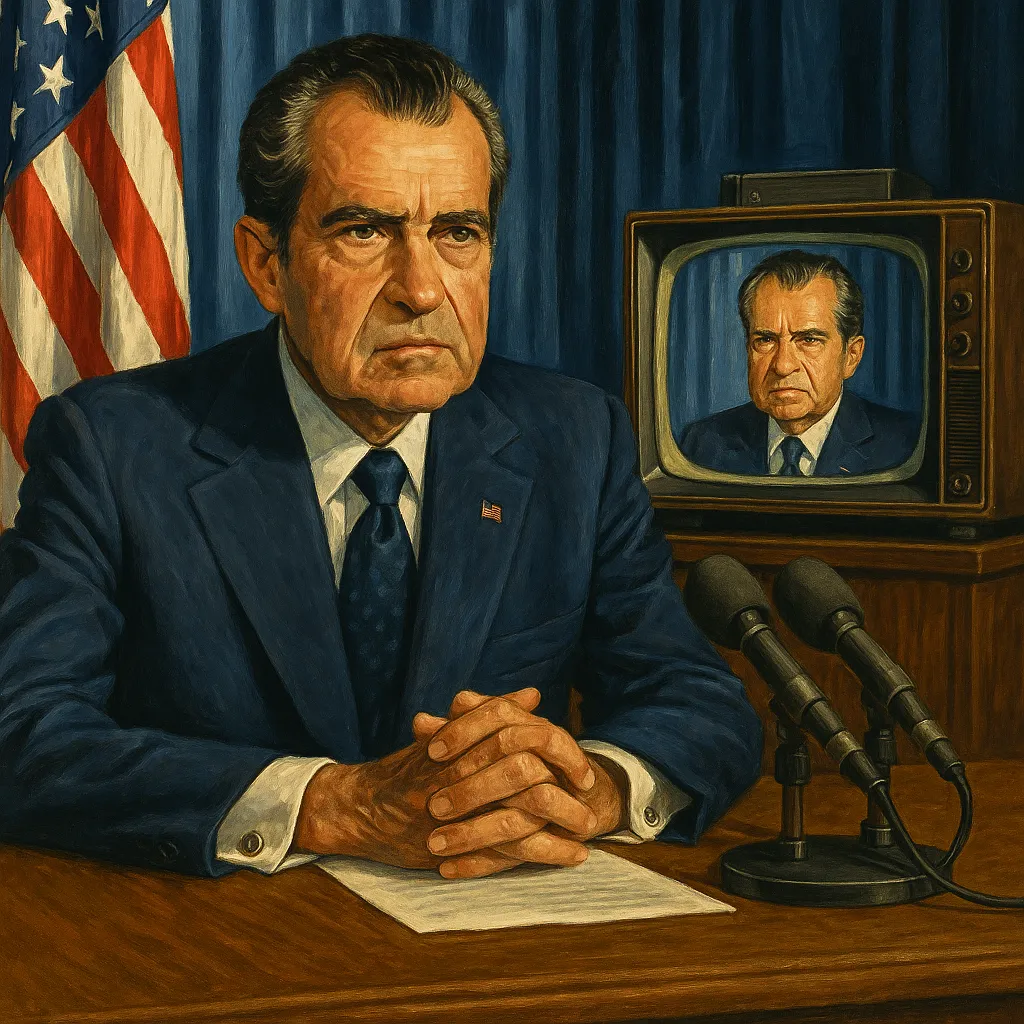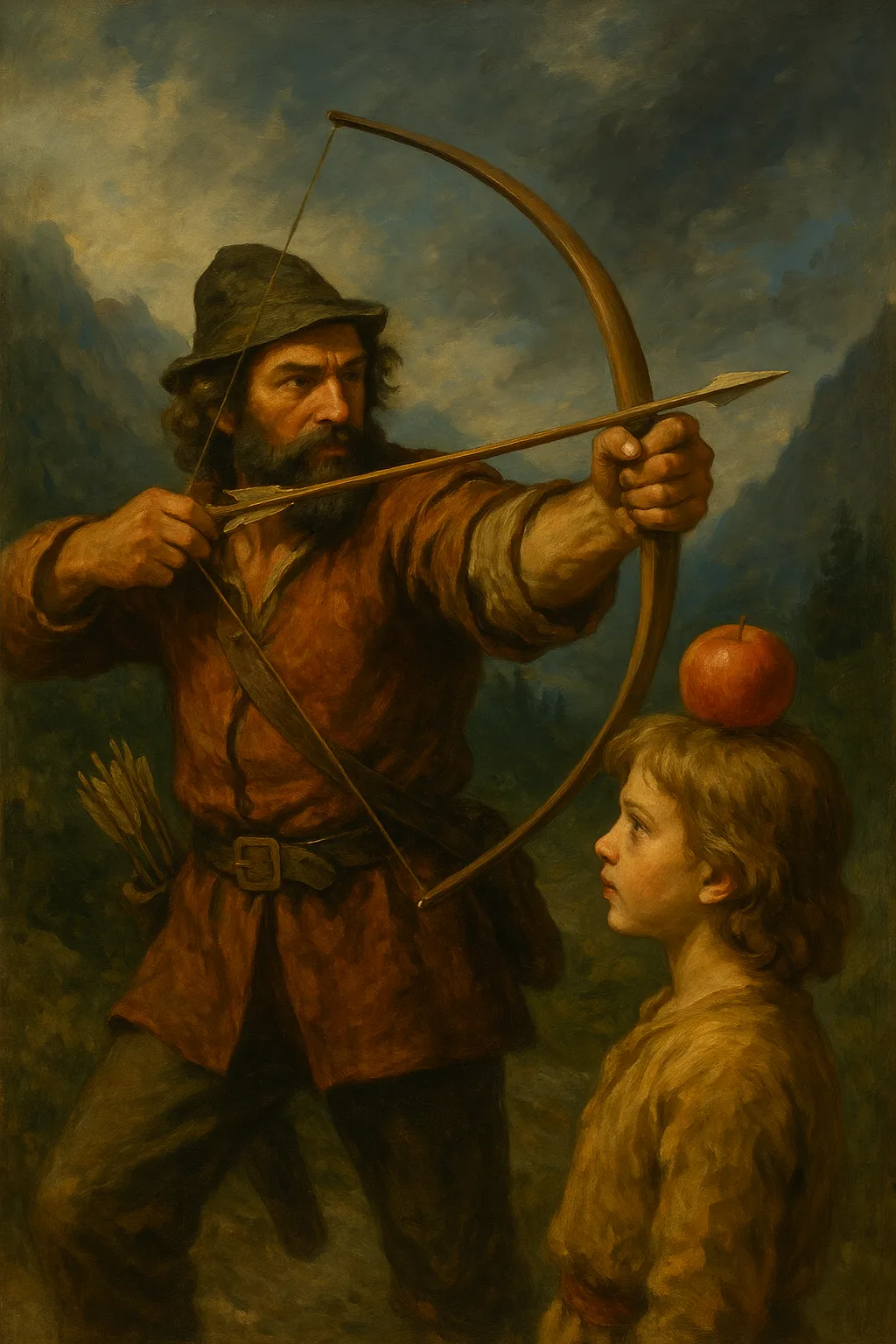Strange and Surprising Facts About Money
Barter Origins
Early Exchange
Before coins or paper, ancient economies used direct bartering-goods for goods, such as grain for tools.
Limitations
Barter required both parties to want what the other offered, leading to inefficiencies.
Value Recognition
Items like salt, cattle, or shells gained value as common mediums of trade.Bills
The U.S. Treasury used to print a S100,000 bill. This Bill displays a portrait of Woodrow Wilson and has the denomination boldly engraved in the corners, as all US Bills do. None of this exclusive currency, however, is in circulation. It is used only in transactions between the Federal Reserve System and the Treasury Department. This denomination will never pass over the tellers desks in a local bank branch.First Coins
Lydian Innovation
The first official coins were minted in Lydia (modern Turkey) around 600 BC from electrum, a natural gold-silver alloy.
Government Stamps
These coins bore state symbols, guaranteeing authenticity and standardizing trade.
Influence Spread
Coinage quickly spread across Greece and beyond, shifting economic systems away from barter.Paper Money
Chinese Beginnings
The Tang Dynasty issued early forms of paper money in the 7th century, with official bills emerging during the Song Dynasty.
Global Spread
Marco Polo described Chinese paper currency in Europe in the 13th century, leading to its eventual adoption across the West.
Fiat Shift
Most paper money today is fiat-not backed by gold or silver, but by government trust and regulation.Banking Rise
Medieval Banks
Modern banking traces its roots to Italy, where merchants began offering loans, deposits, and currency exchange in the 12th century.
Central Institutions
Central banks, like the Bank of England (1694), were founded to manage national currencies and debts.
Digital Evolution
Online banking, mobile apps, and digital wallets have transformed how we save and spend money today.Stock Markets
First Shares
The Dutch East India Company issued the world's first publicly traded shares in 1602, launching the Amsterdam Stock Exchange.
Global Trading
Stock markets now influence global economies, enabling investment in business growth and national industries.
High-Speed World
Algorithmic trading, ETFs, and 24/7 markets have reshaped investment landscapes.Cryptocurrency
Bitcoin's Birth
Launched in 2009, Bitcoin introduced decentralized digital money built on blockchain technology.
Beyond Bitcoin
Thousands of cryptocurrencies exist today, with Ethereum, Solana, and others offering smart contract platforms.
Controversy and Innovation
Crypto faces scrutiny over volatility and regulation, but continues to push boundaries in finance and tech.Hyperinflation
Zimbabwe Crisis
In the late 2000s, Zimbabwe experienced monthly inflation rates in the millions, rendering its currency worthless.
German Example
Post-WWI Germany saw citizens wheelbarrowing cash to buy bread, a classic case of hyperinflation.
Stability Importance
These examples highlight the need for sound monetary policy and trusted banking systems.Wealth Inequality
Top Heavy
A small percentage of the global population owns the majority of wealth, a trend growing since the 1980s.
Global Disparities
Developed nations have more per-capita wealth than poorer countries, leading to systemic imbalances.
Solutions Debated
Policy proposals range from taxation reform to universal basic income to close the gap.





